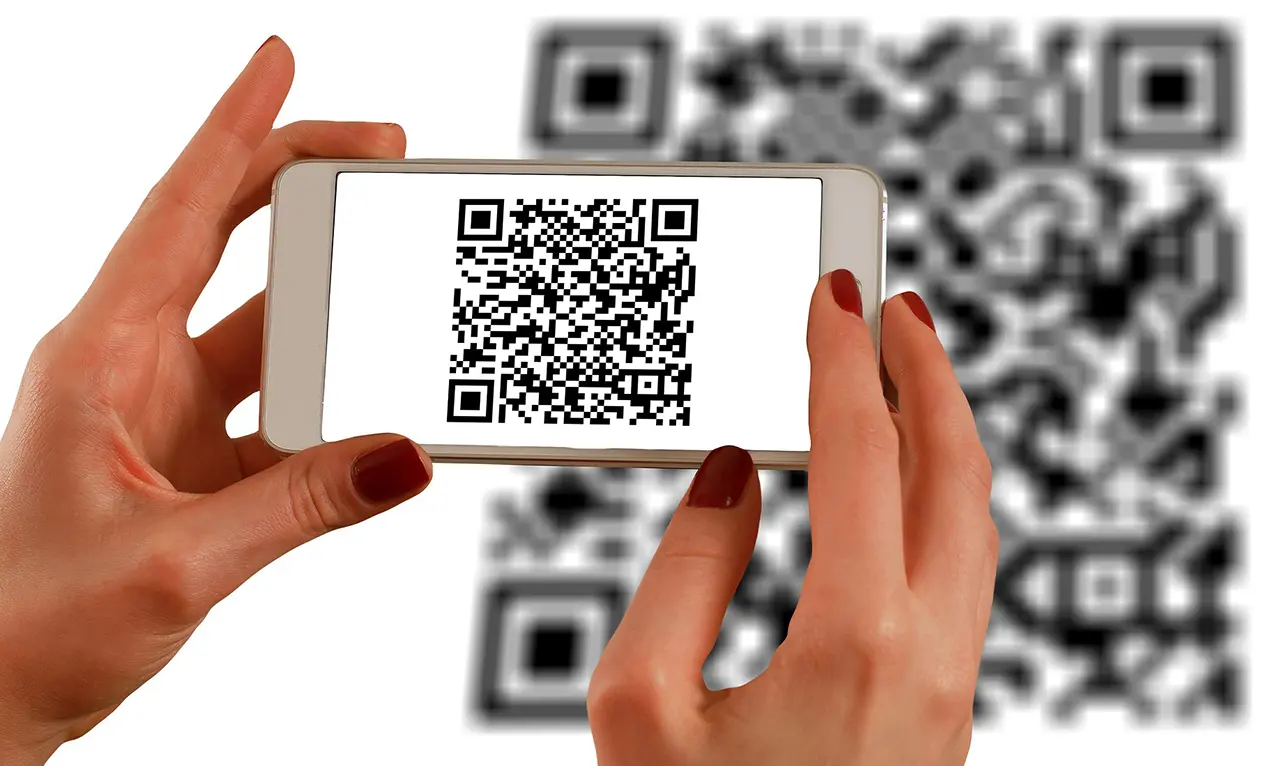Quick Response (QR) codes have become an integral part of our digital landscape, offering a quick and efficient way to transfer information between the physical and digital realms. Behind their deceptively simple appearance lies a sophisticated technology that has revolutionized how we access and share data. In this article, we will delve into the intricacies of how QR codes work, exploring the technology that powers these matrix barcodes.
1. Anatomy of a QR Code:
At first glance, a QR code appears as a square matrix of black squares arranged on a white background. These black squares represent encoded information, while the white spaces act as separators. A standard QR code consists of three main components:
- Finder Patterns: These are the three squares located at the corners of the QR code, typically in the shape of an L. They help the scanning device identify and orient the code.
- Alignment Patterns: These smaller squares inside the QR code ensure accurate scanning by providing reference points for the scanning device.
- Timing Patterns: These are alternating black and white rows that help the scanner determine the size of the QR code and the arrangement of data.
2. Data Encoding:
The magic of QR codes lies in their ability to encode a variety of data types, including numeric, alphanumeric, binary, and even special characters. The encoding process involves converting the desired information into a binary format and arranging it in a specific pattern within the QR code matrix.
Different QR code versions exist, ranging from Version 1 (21×21 matrix) to Version 40 (177×177 matrix), with each version capable of storing varying amounts of data. The larger the matrix, the more information the QR code can encode.
3. Error Correction:
To ensure the reliability of data transfer, QR codes incorporate error correction mechanisms. Error correction codes are embedded within the QR code, allowing the scanner to reconstruct the original data even if some parts of the code are damaged or obscured.
QR codes use Reed-Solomon error correction, a mathematical algorithm that adds redundant data to the encoded information. This redundancy enables the scanner to identify and correct errors, making QR codes robust in real-world scenarios where scanning conditions may not be ideal.
4. Scanning Process:
The scanning process involves capturing the QR code using a camera-equipped device, typically a smartphone. When the camera captures the QR code, the scanning software analyzes the image and identifies the finder patterns to determine the code’s orientation.
The software then decodes the binary data encoded in the QR code, converting it back into the original information. The speed and accuracy of this process contribute to the widespread use and popularity of QR codes.
5. Types of QR Codes:
QR codes come in various types, each serving specific purposes:
- Static QR Codes: Contain fixed information and are ideal for one-time use, such as displaying contact information or a website link.
- Dynamic QR Codes: Allow for the modification of encoded data even after code generation, suitable for applications where information may change over time.
- Micro QR Codes: Smaller versions of traditional QR codes, used in situations where space is limited.
- Custom QR Codes: Allow for customization in terms of color, design, and logo incorporation while maintaining functionality.
6. Future Innovations:
As technology continues to advance, the future of QR codes holds exciting possibilities. Innovations such as augmented reality integration, enhanced security features, and dynamic content updates are likely to shape the next generation of QR codes.
Conclusion:
The technology behind QR codes is a testament to the power of simplicity and efficiency. From their inception in the automotive industry to their widespread adoption across diverse sectors, QR codes continue to play a crucial role in our increasingly digital world. Understanding the mechanics of how QR codes work opens the door to appreciation for the technological ingenuity that makes seamless data transfer possible with just a scan of a square matrix.

